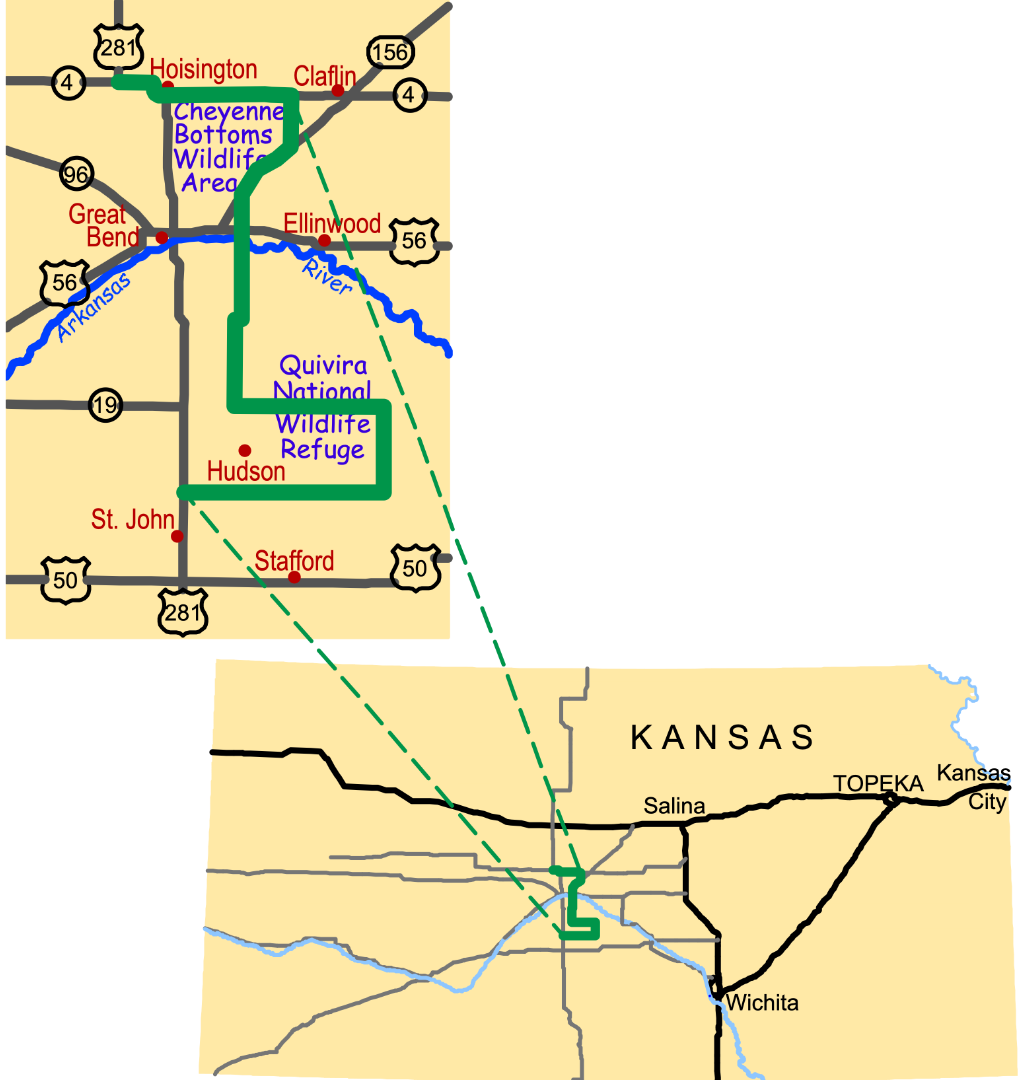Working...

People of the Plains
Native Americans of Central Kansas
Arapaho. Apache. Osage. Kiowa. Cheyenne. Comanche. Pawnee. Quivira. Wichita. All of these tribes lived in this region before Euro-American settlement, drawn to the land's bountiful wildlife, wild fruits, greens, and tubers (such as the prairie turnip), water, and rich soils. Each displayed its own distinct heritage-from the tattooed Wichita, who lived in conical thatched houses and grew corn, squash, beans, and pumpkins, to the nomadic Plains Apaches, tipi-dwellers who migrated with the bison they hunted. The sophisticated artistry of their culture ranged from the elaborate Sun Dances of the Arapaho and Kiowa to the finely crafted baskets and pottery of the Pawnee.
In the early 1800s, in its efforts to remove native tribes from lands east of the Mississippi River, the U.S. government declared Kansas "Indian Territory," a permanent home for American Indians. In 1854, when the government opened the Kansas Territory to white settlement, the stage was set for conflict*. Settlers clashed with the tribes here, often in bloody battles.
Pawnee Rock
Pawnee Rock projects above the flat prairie along the Santa Fe Trail, 10 miles southwest of Great Bend. For centuries, it served as an important landmark, vantage point, and trail marker for American Indians, pioneers, traders, and the military. Kit Carson shot his mule here, mistaking it for an Indian. Indians captured Buffalo Bill Cody near the "Rock," and Robert E. Lee passed by during the Mexican War of 1848.
Movement and Motion
By the mid-1800s, cholera, small-pox epidemics, and tribal warfare had taken their toll on Kansas tribes. Conflicts with settlers and the U.S. military further depleted their numbers. By the late 1800s, most remaining Native Americans of central Kansas had been moved to reservations in Oklahoma.
Download the interpretive panel: People of the Plains Panel located at the Barton County Historical Museum and Village on US-281 Hwy south of Great Bend.
To listen to more information click on the Audio Tour
Go to the Gallery to view photographs contributed by visitors to the Byway.
* Conflict on the Plains
Conflicts between settlers and Native Americans in the Byway region were intense, numerous, and often bloody. Scalping was common on both sides. A description by Homer Kidd of Great Bend (written around 1863) gives a sense of the fighting that occurred during the mid-to-late 1800's:
"The Indians would occasionally make a dive on some train and get the worst of it, having their scalps taken, which all white frontiersmen would do whenever they killed an Indian. This was done, they said, to keep the dead warriors from going to the "happy hunting ground," the Indians claiming that anyone losing their scalp will never go there."...
-Excerpted from Biographical History of Barton County, Kansas. 1912
More Movement pages...
Illusive Cities of Gold
Wild West Superhighway
The Settlers



